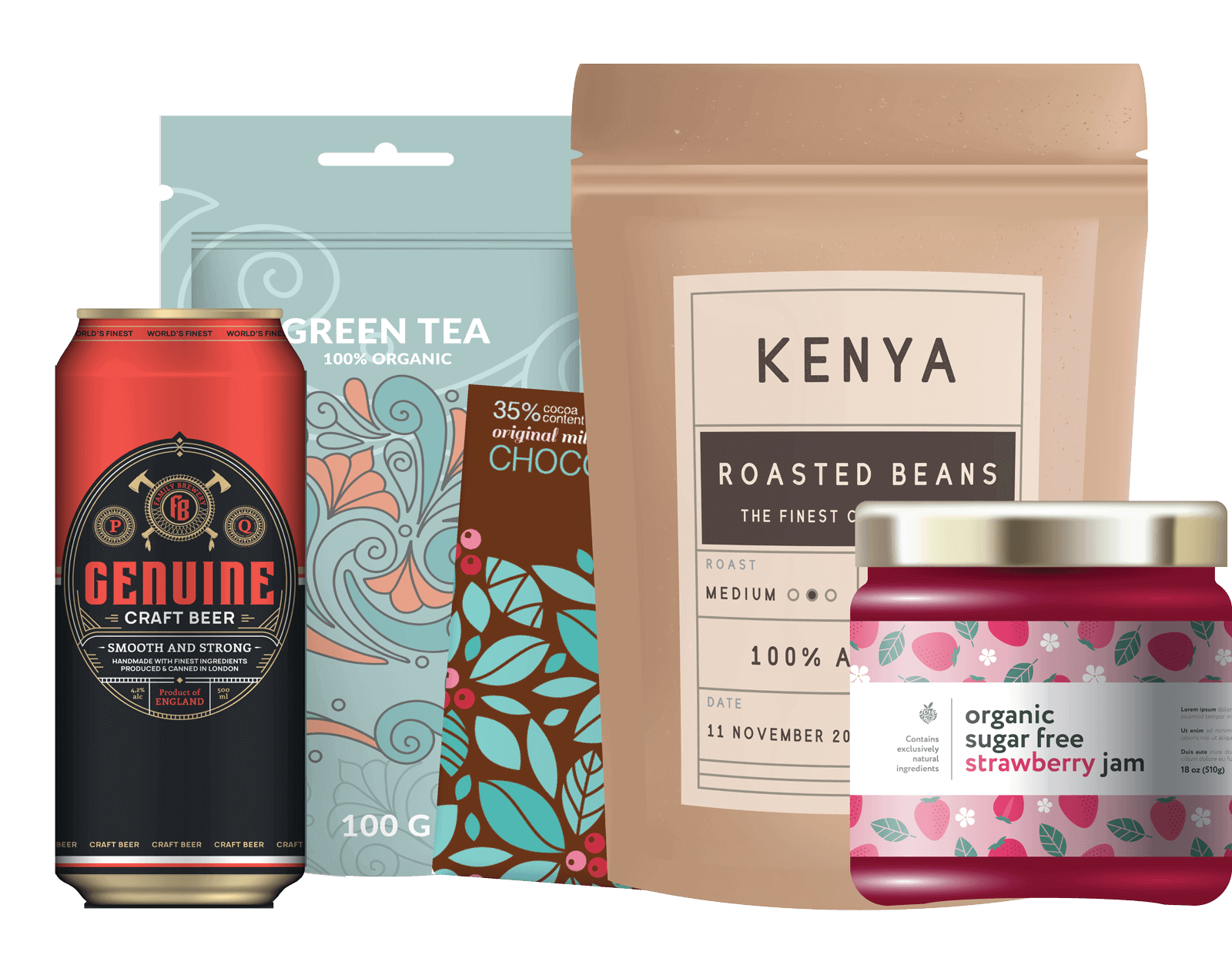There are many options in HDPE, LDPE and PP containers that are suitable for a wide range of products. Certain challenges arise when the ingredients such as harsh chemicals or strong flavors. Some ingredients can permeate the material of the container, causing 
What is the Fluorination Process?
Fluorination is a process that minimizes the distortion of the container, referred to as paneling, by treating both the inside and outside surfaces of the plastic bottle with fluorine gas. The fluorine gas creates a permanent barrier on the exposed surfaces which helps to keep the bottle shape, size, etc, from changing. The fluorination process can be performed either during the manufacturing process or after the bottle is manufactured as a secondary operation.
The fluorination process creates a barrier between the liquid contents and the walls of a plastic bottle which reduces the likelihood that the bottle shape will change during a product’s shelf life. Most of the problems that arise are from bottles either collapsing and sinking inward or puffing outward. That paneling occurs when the pressure inside a plastic bottle becomes less than the air pressure outside of the bottle. When that happens, the walls of the plastic bottle begin to collapse inward. This not only affects the bottle, but the label has a tendency to peel off as well.
The benefits of fluorination extend beyond the elimination of paneling. We’ll explore many of the benefits in more detail in a future blog post.
The fluorination barrier treatment last the lifetime of your product. In addition, you can retain many of the benefits of untreated plastics, including recyclability, lower materials costs, reduced weight, and durability.
How is fluorination performed?
The main goal of fluorinating plastic containers is to increase barrier properties and adhesion. As part of the fluorination process, the plastic containers are put into large stainless steel bins, loaded into a chamber and are then exposed to elemental fluorine gas and other proprietary gases.
This exposure creates carbon fluorine bonding on the inside and outside surface area. The bonding that occurs blocks the porous wall of plastic and helps to reduce and even eliminate migration of aggressive chemicals.
There are nine different levels of fluorination. Each level offers a different barrier level. Higher levels are used for more aggressive permeators and provide more barrier on the inside and outside surface areas.
The levels differ from one another based on the following factors:
- time (how long it was in the reactor)
- temperature (how high the temperature is elevated)
- pressure (amount of pressure used);
- amount of fluorine introduced
Fluorination is available for use on HDPE, LDPE and PP containers. Common products that can cause paneling, and may require fluorination are cleaners and solvents, essential oils, automotive products and paint thinners.
If you would like to know more about this process, what level, when to do it based on your products, we would love to connect you to one of our experts for a discussion. Our team of specialists can help you get the bottling solution that is best for your products.

